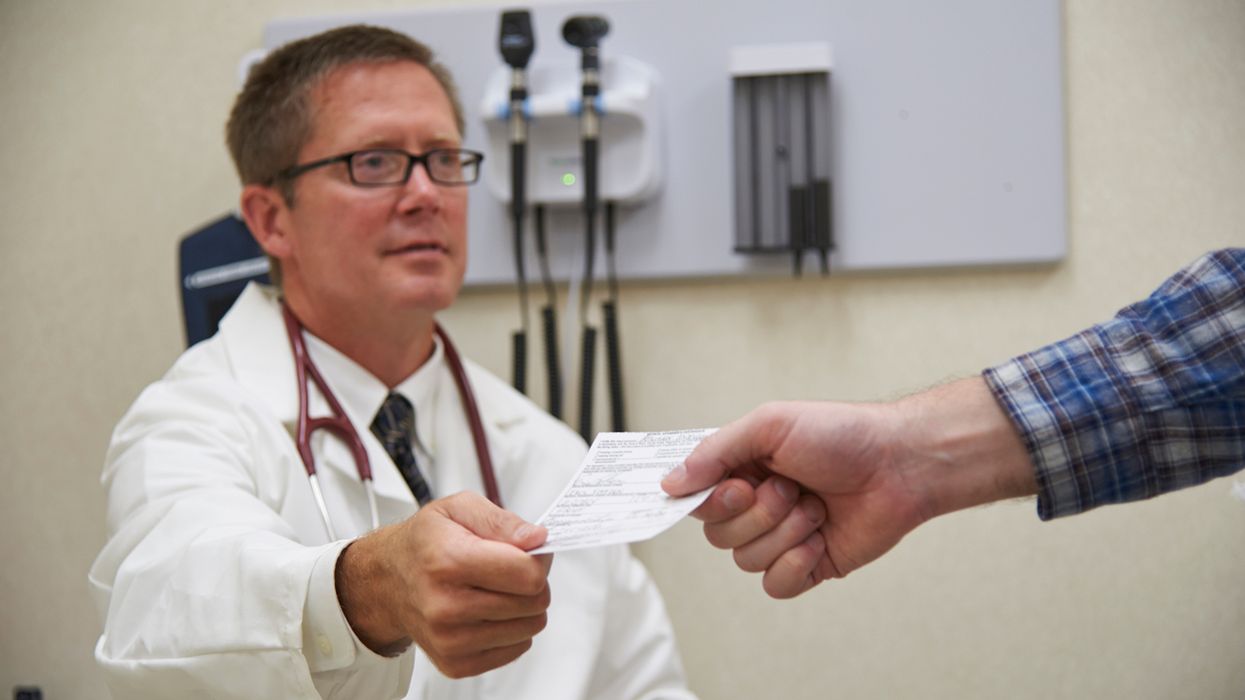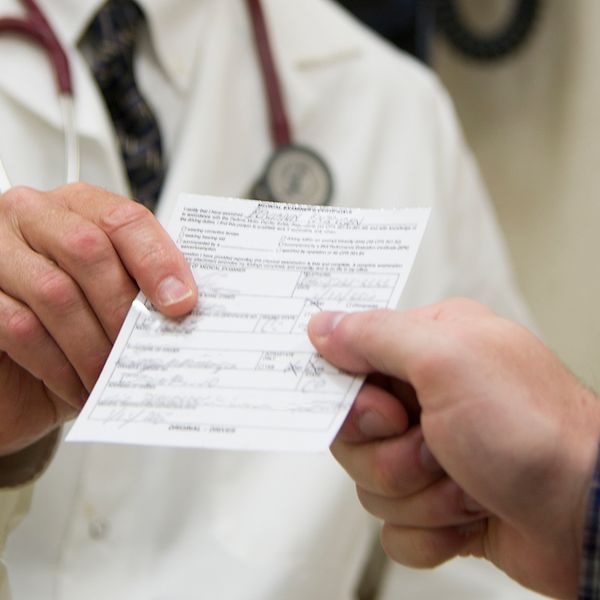Certified medical examiner training
The requirements for the behind-the-scenes guardians of highway safety
Federal Motor Carrier Safety Administration (FMCSA) established the National Registry of Certified Medical Examiners (NRCME) in May 2014. The NRCME’s purpose is to improve highway safety and driver health. Drivers of commercial motor vehicles (CMVs) operating in interstate commerce must be qualified by a certified medical examiner (CME) active on the Registry.
What it takes to be on the Registry
A CME must pass state licensing requirements to practice medicine and perform physical exams as one of the following:
- Advanced Practice Nurse,
- Doctor of Chiropractic,
- Doctor of Medicine,
- Doctor of Osteopathy,
- Physician’s Assistant, or
- Other medical professional as authorized by state laws to perform physical examinations.
A CME must also meet the training requirements under 390.103 and 390.111, based on the following timeline:
- Initial: Complete initial medical examiner training and certification by a nationally accredited medical continuing education organization,
- Five-year refresher: Review the five-year refresher training course between years four and five as a CME, and
- Ten-year recertification: Recertify with a nationally accredited organization between years nine and ten.
Medical certification and proof
Medical examination standards are found in 391.41 and the Medical Advisory Criteria in Appendix A to Part 391. There are two absolute disqualifiers which are regarding:
- Epilepsy: A medical history or diagnosis of epilepsy or other condition to cause loss of consciousness, and
- Hearing: Inability to hear a forced whisper at not less than five feet.
The driver certification for the remainder of the medical standards is up to the discretion of the CME.
Suppose a carrier has reason to believe that a driver is not able to perform their driving duties safely due to a physical or mental injury or disease. In that case, the carrier must send the driver for an exam per 391.45(g). For example, if a driver suffers a potentially disqualifying condition, even if there is time left on the medical certification, the carrier should send the driver for an exam.
Certifying a driver’s health
While drivers must be honest about their medical history, a lot of trust is placed in CMEs to determine if drivers are healthy enough to get behind the wheel. CMEs are responsible for considering all health issues and deciding whether to certify a driver. However, carriers are accountable for the driver’s medical qualification. It is essential to know that the CMEs their drivers utilize are current on training and use sound judgment.
After each medical certification, the carrier must enter a note in the driver’s qualification (DQ) file that the medical examiner was on the Registry.
Additionally, a non-CDL driver’s DQ file must have a copy of the medical card. CDL drivers must have in the DQ file, within 15 days of the exam, a copy of the motor vehicle report (MVR) showing proof of medical certification. A CDL driver’s medical card is allowed in the DQ file only for 15 days after each exam.
Five-year refresher training is overdue for many CMEs
Many CMEs passed the five-year point of being on the Registry in 2019. In mid-2022, FMCSA announced training was finally available and CMEs due or overdue for the five-year refresher must complete the training within their registry account by December 31, 2022.
As a best practice, many carriers use certain providers for DOT exams. Carriers should check with the providers or medical organizations to which they send their drivers to ensure the CMEs complete the refresher course on time.
Ten-year recertification
The initial certification is for ten years. In 2023 and 2024, every CME who was certified ten years prior will also need to recertify via an accredited training organization. The CME will have to pass a rigorous exam, as was the case to attain their initial certification.
FMCSA communicated that the ten-year certification should be available by late 2022.
Key takeaways:
- The CMEs and provider organizations should have a plan to complete the five-year refresher and ten-year recertification requirements.
- Carriers should be able to trust the CME’s judgment but are ultimately accountable for ensuring that the driver is medically qualified.






























































